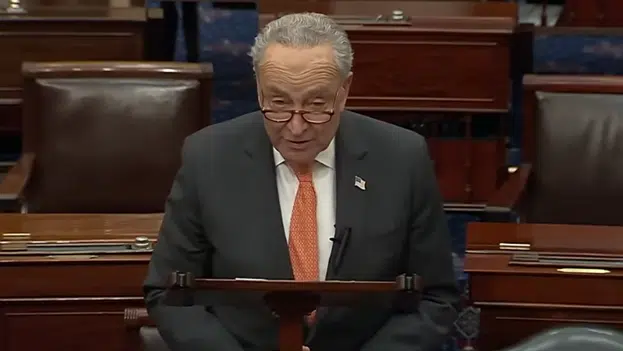This week, the House of Representatives will be considering legislation to reauthorize the Restaurant Revitalization fund, which would be increased $70.6 billion from its current level of $28.6 billion. The fund has been exhausted for eight months now and was originally a part of President Joe Biden’s $1.9 trillion stimulus bill last year.
Dubbed the “Relief for Restaurants and other Hard Hit Small Businesses Act of 2022,” the bill comes at a time when labor markets have been booming and the economy has largely reopened from the Covid pandemic. It seems out of touch and out of place because it is.
Specifically, of the 25.5 million jobs that were lost to Covid by April 2020, 25.1 million have been recovered, according to data compiled by the Bureau of Labor Statistics. Heck, more than 16 million of them had been recovered by the end of 2020. The recovery at that point was already well underway.
During the state and local economic lockdowns at the height of the pandemic, yes, programs like the Small Business Administration’s Paycheck Protection Program of forgivable loans created by Congress were designed to help small businesses keep making payroll at a time when no customers were really expected.
Today, things are a lot different. Covid cases and fatalities continue falling dramatically with the less deadly variants. There are no more lockdowns. Restaurants are open.
In fact, of the 6 million food service jobs that were lost to Covid, almost 5.2 million of them have been recovered, at a present rate of about 100,000 food service jobs being recovered every single month, including and critically the past eight months when the Restaurant Revitalization Fund was already exhausted. The fund’s exhaustion hasn’t halted or even slowed down the recovery at all.
Here’s the kicker: The funds being requested now are simply to fill the backlog of applications — from 2020 — of businesses that did not apply in time to qualify for the funds. They may be entities no longer in existence, but would still qualify under the postdated extension of the program.
According to U.S. Rep. Earl Blumenauer (D-Oreg.), the lead sponsor of the legislation, speaking in September: “I’ve introduced legislation to add $60 billion to the Restaurant Revitalization Fund, enough to cover all outstanding applicants. We’ve already secured more than 200 bipartisan cosponsors, but time is ticking. We need to act now before it’s too late.”
Since then, almost 1 million food service jobs have been recovered — without any further assistance from Congress needed.
Now, Sen. Rand Paul (R-Ky.) is demanding accountability. In Aug. 2021, Paul objected to a unanimous consent resolution in the Senate that would have added the monies into the fund. And in Feb. 2022 he demanded the Small Business Administration turn over records of the original applications of the program, writing, “Despite the program window closing seven months ago, this Committee does not have sufficient information regarding the current applicant queue and their funds requested to aid business losses.”
That was just a month ago. And yet, despite lacking key information about the program’s efficacy and the queue of applications that were never considered before the program ran out of money, and the continued recovery in labor markets, now the House is moving full speed ahead to replenish the fund — just because.
Instead, the reality is that the business model for restaurants is a lot different than it was pre-Covid. There’s a lot more deliveries now. A lot more take out. It’s time to adapt. And for sit-in restaurants that still cannot make a profit despite everything being reopened, sorry, but it’s time to sink or swim. The pandemic is over.
Robert Romano is the Vice President of Public Policy at Americans for Limited Government.







